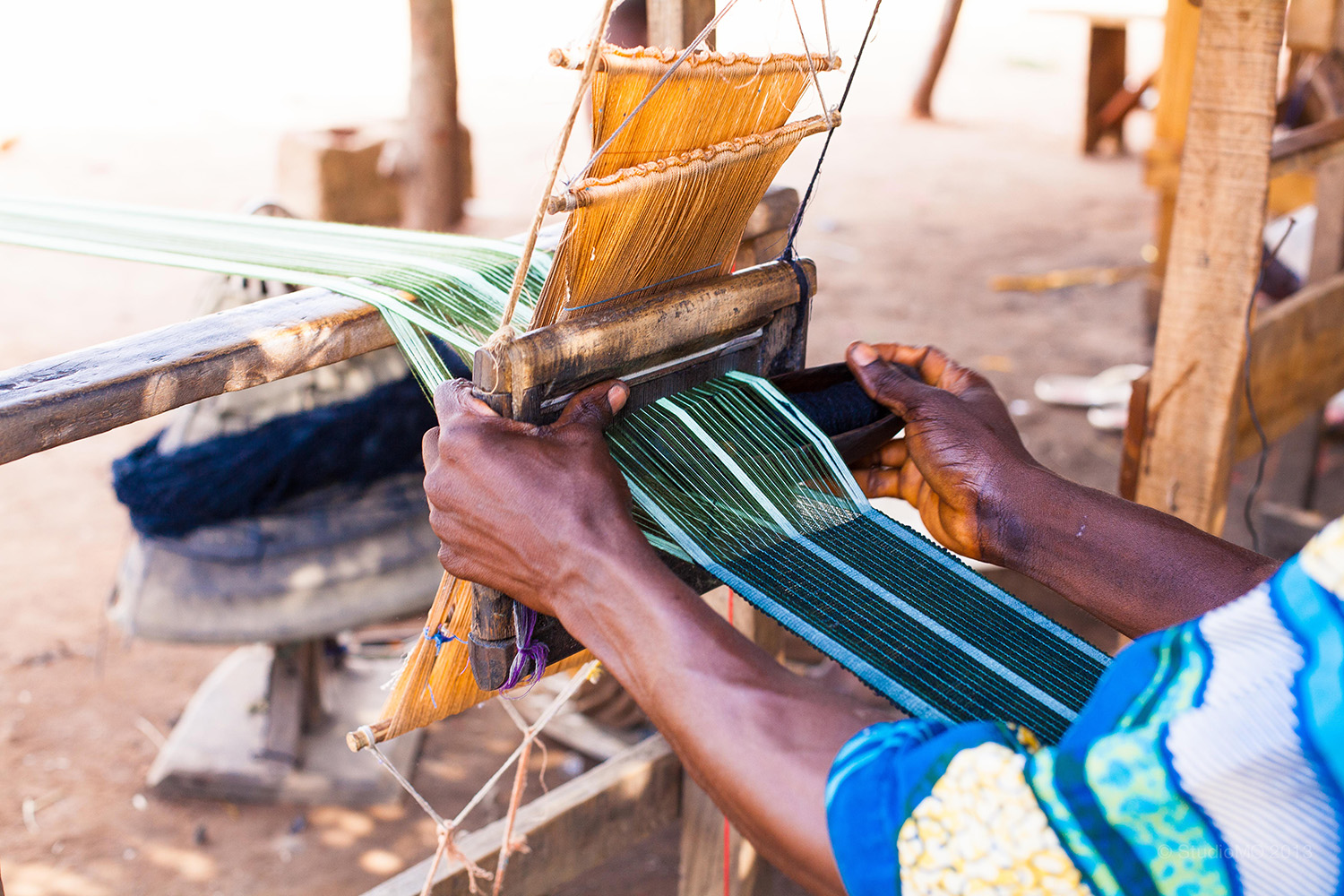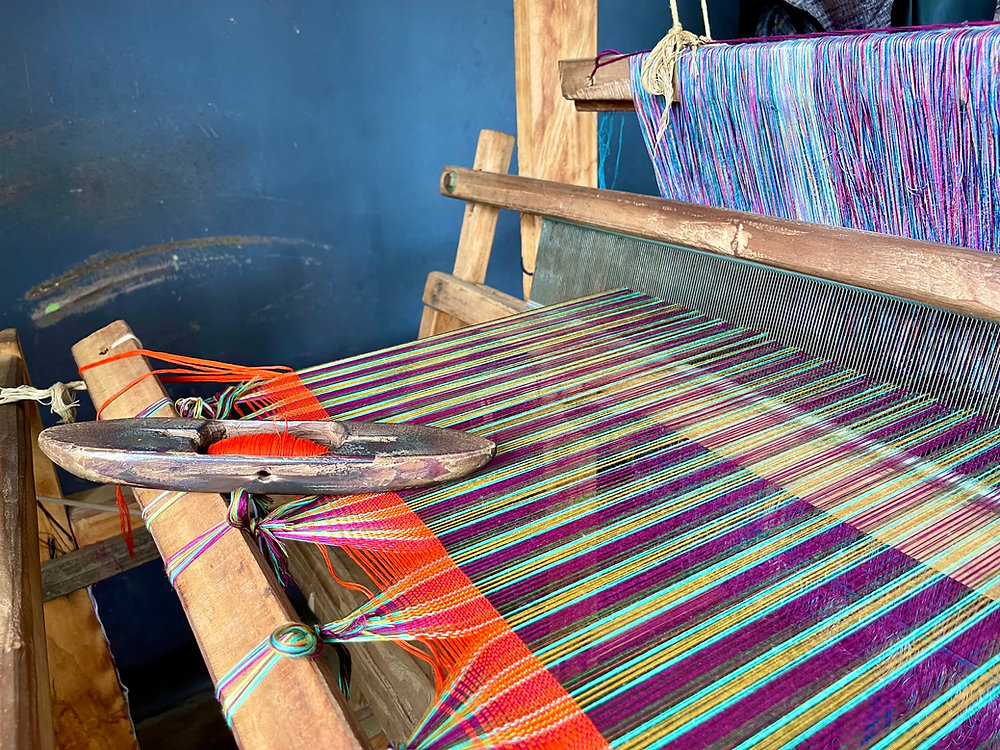Introduction
The Aso Oke fabric is not just a textile; it is a symbol of cultural heritage that embodies the rich history and artistry of the Yoruba people. This handwoven fabric represents more than just clothing; it tells stories of tradition, identity, and community. As we explore the origins and significance of Aso Oke, we also uncover the importance of preserving this unique fabric for future generations.
The Historical Background of Aso Oke
Aso Oke fabric has deep roots in Yoruba culture, with its origins tracing back centuries, reflecting the traditions and customs of the people. Historically, it was used primarily for ceremonial purposes, marking significant life events such as marriages, festivals, and rites of passage. The fabric is traditionally made by skilled artisans who have inherited the craft from their ancestors, ensuring that the techniques and knowledge are passed down through generations.
The Weaving Process
The intricate weaving process of Aso Oke fabric is a testament to the skill and craftsmanship of Yoruba artisans. Using traditional looms, these artisans create fabric that showcases vibrant colors and complex patterns, each carrying its own meaning. The process is labor-intensive, often requiring days or weeks to complete a single piece. Artisans take pride in their work, ensuring that each thread contributes to the overall design and quality of the fabric. This meticulous attention to detail is what sets Aso Oke apart and highlights the dedication of its creators.


Aso Oke in Cultural Rituals
Aso Oke fabric plays a vital role in various cultural rituals, including weddings and festivals, showcasing its significance in social practices. During traditional weddings, the bride and groom often wear matching Aso Oke outfits, symbolizing unity and cultural pride. Family members also don the fabric to show their support and respect for the couple, creating a vibrant display of colors and patterns. Festivals, too, see an array of Aso Oke styles as communities come together to celebrate their heritage, reinforcing social bonds and cultural identity.
The Essence of Aso Oke
Understanding the essence of the Aso Oke fabric involves recognizing its symbolism and the values it represents within the community. Beyond its physical beauty, Aso Oke carries deep cultural meanings that resonate with the Yoruba people.
Aso Oke as a Symbol of Identity
Aso Oke fabric serves as a powerful symbol of identity and pride for the Yoruba people, reinforcing cultural ties and community belonging. Wearing Aso Oke fabric is often seen as a declaration of one’s heritage, fostering a sense of unity among individuals. The fabric transcends personal fashion; it embodies a collective identity that connects individuals to their roots. In times of globalization, where cultures can easily become diluted, Aso Oke stands as a steadfast reminder of the importance of preserving one’s cultural identity.
The Artistic Value of Aso Oke
Each piece of the Aso Oke is a work of art, reflecting the creativity and artistic expression of the weavers. The designs often incorporate symbols and motifs that hold cultural significance, telling stories of the community’s history and values. This artistic aspect elevates Aso Oke beyond mere fabric; it becomes a canvas for storytelling and cultural expression. Each design is a testament to the weaver’s skill, creativity, and understanding of their cultural heritage.
Importance of Preserving Aso Oke
Preserving the Aso Oke fabric is crucial for maintaining cultural heritage and supporting local artisans. As modernization continues to influence traditional practices, the survival of Aso Oke weaving is at risk.
Challenges Facing Aso Oke Preservation
Despite its importance, Aso Oke faces numerous challenges, including modernization and a decline in traditional weaving practices. The rise of fast fashion and synthetic fabrics has made it easier for consumers to choose cheaper options over authentic Aso Oke fabrics. This shift poses a threat to the livelihood of artisans and can lead to a loss of traditional weaving techniques. Furthermore, younger generations may be less inclined to learn the craft, preferring urban careers over traditional arts.
Initiatives for Preservation
- Creating Awareness: Various initiatives are underway to promote the preservation of the Aso Oke fabric, ensuring that this heritage is passed down to future generations.
- Supporting Aso Oke Weavers: Organizations and community groups are working to raise awareness about the significance of the Aso Oke fabric and the need to support local artisans.
- Promoting Cultural Value: Workshops, exhibitions, and cultural festivals are being organized to educate people about the history and artistry of the Aso Oke fabric.
- Encouraging Fashion Designers: Collaborations with fashion designers are helping to modernize Aso Oke while still honoring its traditional roots.
How to Support Aso Oke Preservation
Everyone can play a role in supporting the preservation of the Aso Oke fabric, from consumers to designers. Simple actions can have a significant impact on the survival of this cultural heritage. Here are some ways to be involved in preserving the Aso Oke fabric:
Purchasing authentic Aso Oke from local artisans helps sustain the craft and supports the community. By choosing to buy directly from weavers or local markets, consumers can ensure that their money contributes to the livelihoods of these skilled artisans. This not only supports traditional practices but also helps preserve the cultural significance of the fabric.
- Promoting Aso Oke in Fashion
Incorporating Aso Oke into modern fashion can raise awareness and appreciation for this unique fabric. Fashion designers can create contemporary pieces that highlight Aso Oke’s beauty while making it accessible to a broader audience. Collaborations between traditional artisans and modern designers can lead to innovative designs that honor the past while appealing to modern tastes. As the Aso Oke fabric gains visibility in the fashion world, it helps to foster a renewed interest in its cultural significance.
Join the conversation about Aso Oke preservation by sharing your thoughts and experiences in the comments below. Consider supporting local artisans in your area by purchasing authentic Aso Oke pieces. Together, we can help keep this beautiful cultural heritage alive for generations to come. Whether through fashion or community engagement, every effort counts in preserving the essence of Aso Oke.